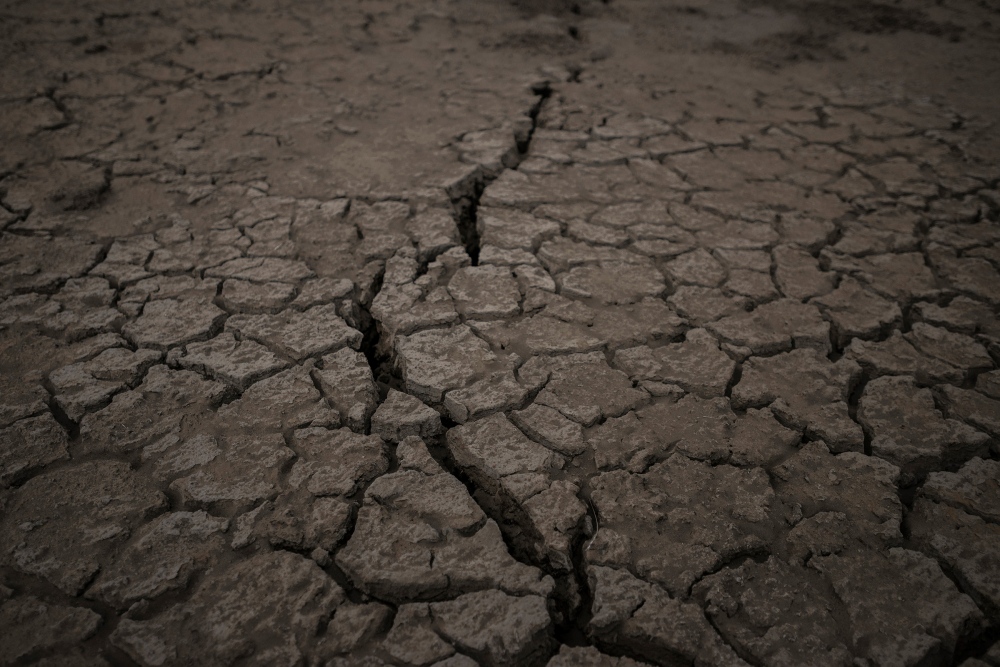Can we just simply imagine a world without water? The following project explores a dangerous possible future panorama based in the Bolivian Andes recent water crisis.
Towards the end of 2016, the highest capital of the world was impacted by a severe drought in what was called the country's worst drought in 25 years. The combined impact of the El Niño weather cycle, the lack of rains and snowfalls were the main causes, along a poor water management.
Bolivian government declared a state of emergency as the shortage had been extended over 94 areas of the city of La Paz, leaving more than 300.000 inhabitants without access to drinking water. Incachaca dam - the biggest of the capital -, located in the outskirts of La Paz was operating at 5% of its capacity when the shortage was announced, while Ajuankota dam was at just 1%.
In January 2017, for first time it was used a form of weather modification called "cloud seeding" to increase rainfalls in the dams area. The water level of the reservoir increased slightly, but the emergency situation continued for three months, until the rainy season arrived, with a much lower intensity than usual. Projects like the new Alto-Hampaturi dam was concluded last year to help to extend the water reservoirs of the capital. This year, all the dams are full of water and the rains were normal. The country is safe by now. But climate change is advancing and a clear warning was given.
It is predicted a coming global water crisis. This will affect many parts of the world in the next decades due the increase of population worldwide, which will generate an intensification in the demand of more fresh water for personal consumption, sanitation, industry, agricultural and hydroelectric use like never before.
Visiting the dams was completely surreal for me. It was like to be in an isolated planet. Remember I expected to find military presence or personnel of the water enterprise, but the place was totally empty. It looked like a post-war zone or an abandoned mining area. I had a very reflexive moment over there. That picture kept grabbed in my mind, which is why I decided to follow this environment issue.
The aim of this series is to raise awareness about the proper use of water and about how fragile is this natural resource "¦probably the most valuable on Earth.






















